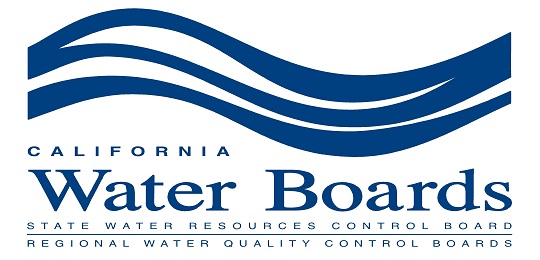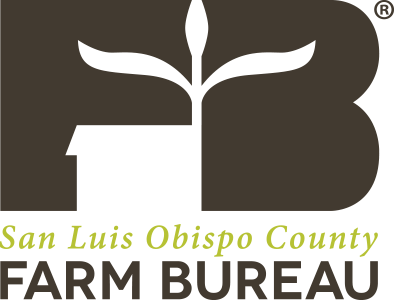
The State Water Resources Control Board (State Water Board) today adopted rules to protect wetlands and other environmentally sensitive waterways throughout the state.
More than 90 percent of California’s historic wetlands have been lost to development and other human activity. Wetlands are a critical natural resource that protect and improve water quality, provide habitat for fish and wildlife, and buffer developed areas from flooding and sea-level rise.
The newly adopted rules provide a common, statewide definition of what constitutes a wetland. They also provide consistency in the way the State Water Board and nine regional water boards regulate activities to protect wetlands and other waterways, such as rivers and streams, and bays and estuaries.
“Californians take pride in balancing both the ecologic and economic needs of our state,” said State Water Board Chair E. Joaquin Esquivel. “It’s critical we established this consistent statewide framework that protects and enhances our most sensitive water resources, while creating regulatory certainty for housing, agriculture, water managers, conservationists, and communities.”
The rules have two components that support each other. First, the rules define what is considered a wetland and include a framework for determining if a feature defined as a wetland is a “water of the state” subject to regulation. Second, the rules clarify requirements for permit applications to discharge dredged or fill material to any water of the state.
The rules are largely based on the scientific conclusions used for the existing U.S. Army Corps of Engineers’ wetland definition and regulatory programs. One exception is that in arid portions of the state, the State Water Board’s definition protects non-vegetated wetlands, such as desert playas, that otherwise would not be covered under federal jurisdiction.
Furthermore, waters of the state are, by definition, broader than “waters of the United States” covered by federal regulation. The newly adopted rules do not change that and will ensure that waters of the state will continue to be protected even if protections for federal waters are narrowed by administrative actions or the courts.
As adopted the rules will:
• Clarify what is considered a wetland – and what is not – for the entire state.
• Provide a common framework for monitoring and reporting the quality of California’s remaining wetlands.
• Help ensure no overall net loss, and promote an increase, in the quantity, quality, and sustainability of waters of the state, including wetlands.
• Improve transparency and consistency across the State Water Board and the nine Regional Water Quality Control Boards in how discharges of dredged or fill material in sensitive waterways are monitored and regulated.
• Avoid duplicative work and streamline requirements to cover all waters of the state, so both state and federal environmental concerns are addressed at once.
Adoption of the rules culminates an effort begun more than a decade ago. In 2008, staff began conducting informal stakeholder meetings to develop the wetland definition and requirements. Early draft versions were released for public comment in 2016 and 2017. Following extensive public and stakeholder input, a revised draft was issued in January 2019. Since January, State Water Board staff held four workshops, as well as one-on-one meetings with various interest groups, to listen to and address stakeholder concerns.
For more information on the State Wetland Definition and Procedures for Discharges of Dredged or Fill Material to Waters of the State, visit the program home page. A fact sheet is also available.



